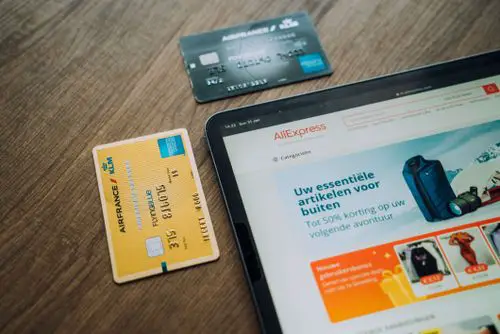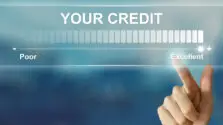I don’t know how to boost my credit. What should I do? The process is simple!
Repairing credit is something that many people struggle with, especially those that have a lot of debt. Fortunately, out of all the credit repair tools, the most effective one is your wallet.
In this credit repair tip guide, we’ll outline all the main things you can do to repair your credit as quickly as possible. Not only will this help you get out of debt, but you’ll also have access to better loans.
“So how can I repair my credit?”
Read on to learn everything you need to know!
Get a Credit Report
When searching for “how to fix my credit?” people are often met with articles that tell them to get a credit report. This is because getting a credit report is the only way you can find out exactly what your credit score is.
To get one, you’ll need to visit the site of a reputable credit history service. Some of the most popular is Annual Credit Report, Credit Karma, and Credit Sesame.
You can also use services that provide rough estimates of your score without affecting it. Mint, a popular money management tool, provides regular credit updates to users.
If you have a credit card with Capital One, you can also see how much your credit score is. Keep in mind that these numbers are estimates, so your score may be drastically different.
Dispute Errors
After getting a credit report, the next thing you should do is dispute errors. While it isn’t common to see errors, they’ll affect your score. Because of this, it’s best to dispute them as quickly as possible.
When disputing an error, you’ll need to explain what you have a problem with. In some cases, you’ll have to send documents. For example, if your credit report says that you’ve missed payments, you can show that you’ve never missed one with receipts.
If your credit score changes after disputing an error, you may be eligible for a free credit report with some services. Annual Credit Report often allows users to get a free one within 12 months to see changes.
Stop Borrowing
With those two steps out of the way, you have more options if you’re looking to continue increasing your score. The main one involves avoiding debt altogether by not borrowing.
While increasing a credit score often requires borrowing money, many people have lower scores because they borrow too much. When this happens, you should immediately stop borrowing and focus on repaying debt.
If you’re forced to borrow, ensure that it’s done via credit card. Applying for personal loans can affect your credit more than something like a credit card, which is widely accepted.
Should you fail to make a credit card payment, the repercussions won’t be as heavy as they’d be with a larger loan. Missing a personal loan payment can come with large fees and high-interest rates.
Repay Debts
“I still don’t understand how to repair my credit!”
The answer is to repay debts. However, you must use a certain strategy that’ll ensure your score increases.
Many people have the misconception that they should start tackling all of their debt at once. While this can help, you’ll end up spending more money because of interest rates.
Learning how to repair my credit was as simple as focusing on the debt with the highest interest rate. If you put most of your money towards your loan with the highest interest, you’ll avoid paying more money on it over time.
While focusing on that debt, you should make minimum payments on the others. This will prevent your credit from falling.
After the initial loan is paid off, you can move on to the next loan with the highest interest rate. Check out tips from Pinnacle Credit Management to learn more about how to repay debts effectively.
Use a Credit-Building Card
“Can I repair my credit with a credit card?”
Most definitely, but use one after paying everything off.
Using a credit card is one of the best credit repair tools because of how simple it is. Rather than taking hits to your score for constantly applying for loans, you only need to apply for a credit card once.
After getting one, you can continuously borrow money within your limit. If your line of credit is $300, you can’t borrow more than that.
Credit-building cards are unlike traditional credit cards in that they often require users to set a line of credit with a down payment. For example, if you want to have a $500 line of credit, you’ll need to pay $500 when getting the card.
This ensures the lender doesn’t lose money and it gives users a chance to determine how much they want to borrow. You’ll see many people recommend this strategy when searching “how to fix my credit.” As your credit score increases, you can get more favorable cards.
Start Using This Credit Repair Tip Guide Now
Now that you know how to repair your credit, you should get started as soon as possible. Using this credit repair tip guide, you’ll no longer think “I don’t know how to boost my credit.”
We encourage you to start by putting as much money as you can towards your debt. Only after doing that should you use a credit card to continue repairing your credit.
Browse our other articles to learn more about credit repair tools and other topics!



